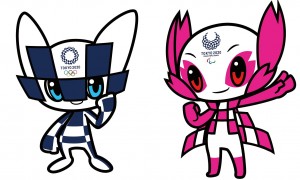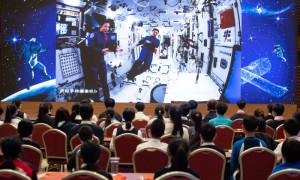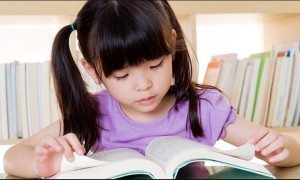「学习重点」-国外「3R」简介
国外通常将资源回收执行统整为三大具体方针,称为:「3R」。
1. Reduce:减量
Reducing the amount of waste you produce is the best way to help the environment.
(最环保的手段,其实就是减少你所制造的圾垃量。)
2. Reuse:重复使用
Instead of throwing things away, try to find ways to use them again!
(与其把东西扔掉,我们还可以藉由重复使用物品的方式来达到保护环境的效果噢!)
3. Recycle:回收
Many of the things we use every day, like paper bags, soda cans, and milk cartons, are made out of materials that can be recycled. Recycled items are put through a process that makes it possible to create new products out of the materials from the old ones.
(日常生活中的许多物品都是从可以回收的材料中制造出来的,例如:纸类、铝罐等。回收的过程可以从旧的物品制造出新的物品,很环保吧!)

「学习重点」-台湾「5R」简介
依据上述基本的概念,我们台湾还延伸出垃圾减量「 5R」 原则,多出了2个「 R」 为:
4. Repair:维修
Putting something that is damaged, broken or not working correctly, back into good condition or make it work again.
(与其把坏掉的物品丢掉,不如把它拿去维修,同时重视维修保养,延长物品使用寿命。)
5. Refuse:拒绝
To say that you will not use or buy something that is not eco-friendly.
(拒用无环保观念产品。)
「学习重点」-垃圾确实分类了吗?
圾垃分类有以下几大类,以后出国丢垃圾时,就知道该在好几个垃圾桶 (trash bin) 中,找到垃圾的下一个家啰!
– waste:一般垃圾
– paper:纸类
– glass:玻璃类
– plastic:塑胶类
塑胶类又细分成不同材质
PET:聚乙烯对苯二甲酸酯,俗称「宝特瓶」
PS:聚苯乙烯。发泡聚苯乙烯即为俗称之「保丽龙」
PVC:聚氯乙烯
PP:聚丙烯
– battery:废电池
– kitchen waste:厨余







